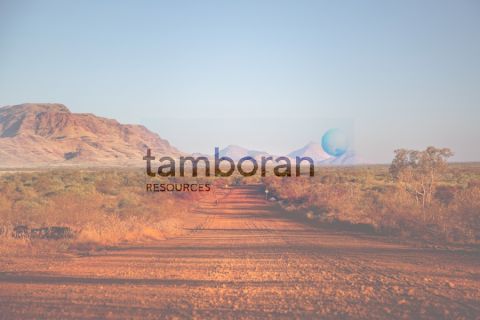Offshore Nova Scotia could contain as much as 8 Bbbl of oil and 120 Tcf of gas resource potential, according to a play fairway analysis study completed in 1Q 2011 by the Offshore Energy Technology Research Association (OETR).
In June, the Canada-Nova Scotia Offshore Petroleum Board (CNSOPB), an independent joint agency for the Canada and Nova Scotia governments that regulates petroleum activities offshore Nova Scotia, issued Call for Bids NS11-1, consisting of eight deepwater parcels. The Province has invested more than US $15 million in the OETR Association to conduct the research and analysis that led to mapping these potential oil and gas play fairways.
The parcels in NS11-1 are in a geological region that is largely unexplored and had previously been considered to have primarily gas potential. According to Sandy MacMullin, executive director, Petroleum Resources for the Nova Scotia Department of Energy, OETR’s play fairway analysis suggests that rather than containing gas, it is more likely that a large-scale potential of oil and condensate traps exist.
“We have very strong indicators that would suggest the existence of an early-Jurassic source rock that we had only previously speculated about,” MacMullin revealed. More importantly, the new analysis indicates that offshore Nova Scotia has more widespread hydrocarbon potential than previously thought, and the new source rock could be the impetus for developing a world-scale petroleum system in an area historically known for being both geologically complex and gas-prone.
The Department of Energy believes the new source rock, deposited about 180 million years ago during the early drifting period between Nova Scotia and Morocco – where similar source rocks and oils have been identified and cross-referenced – could be the entree to new liquids development along the Scotia shelf.
Meanwhile, the biggest challenge remains convincing deepwater operators to take on the risks of a new oil story, MacMullin said.
Should the Nova Scotia parcels warrant oil and gas development, they will join the ranks of three prominent offshore developments that have shaped Nova Scotia’s petroleum sector: the now-decommissioned Cohasset-Panuke Project, ExxonMobil’s Sable project, and EnCana’s Deep Panuke offshore gas development.
No longer appealing to the deepwater entrepreneur, Nova Scotia will only award parcels to operators that have at least 10 years of experience drilling exploration wells in more than 800 m (2,625 ft) water depth.
The bid due date is Jan. 10, 2012.

The CNSOPB is offering eight deepwater parcels with oily upside in Call for Bids NS11-1. (Image courtesy of CNSOPB)
Recommended Reading
U.S. Shale-catters to IPO Australian Shale Explorer on NYSE
2024-05-04 - Tamboran Resources Corp. is majority owned by Permian wildcatter Bryan Sheffield and chaired by Haynesville and Eagle Ford discovery co-leader Dick Stoneburner.
Matador Resources Announces Quarterly Cash Dividend
2024-04-18 - Matador Resources’ dividend is payable on June 7 to shareholders of record by May 17.
Matador Resources Declares Quarterly Dividend
2024-02-14 - Matador Resources will pay a $0.20 dividend on March 13 to shareholders of record by Feb. 23.
CEO: Magnolia Hunting Giddings Bolt-ons that ‘Pack a Punch’ in ‘24
2024-02-16 - Magnolia Oil & Gas plans to boost production volumes in the single digits this year, with the majority of the growth coming from the Giddings Field.
73-year Wildcatter Herbert Hunt, 95, Passes Away
2024-04-12 - Industry leader Herbert Hunt was instrumental in dual-lateral development, opening the North Sea to oil and gas development and discovering Libya’s Sarir Field.





